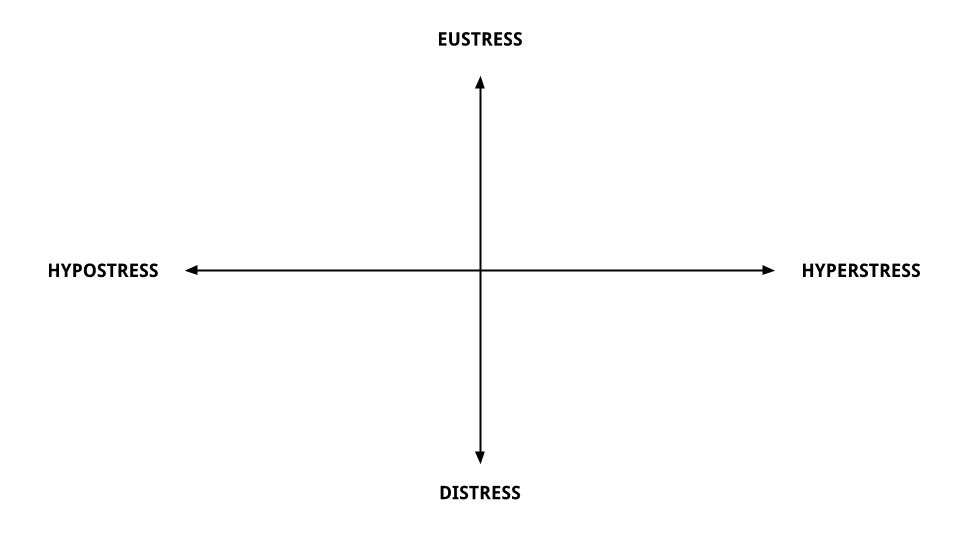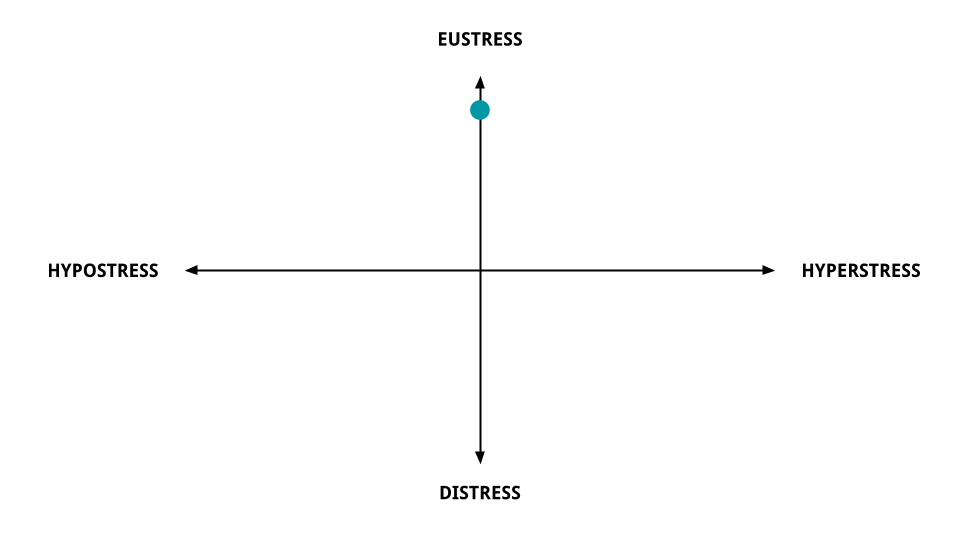Ambition makes some levels of stress inevitable. However, while stress is a basic survival response, it can often be triggered in situations that are far from being life threatening—such as too much work, public speaking, or conflict. In addition, long-term stress is detrimental both for your mental and your physical health. The good news is: stress is very often manageable.
The many signs of stress
Psychologist and professor Richard Lazarus defined stress as: “A condition or feeling experienced when a person perceives that demands exceed the personal and social resources the individual is able to mobilise.”
According to the NHS, there are many signs of stress which should ring the alarm bell:
- Mental symptoms. Difficulty concentrating, struggling to make decisions, feeling overwhelmed, or being forgetful.
- Behavioural symptoms. Being irritable and snappy, sleeping too much or too little, eating too much or too little, avoiding certain places or people, drinking more, or smoking more.
- Physical symptoms. Headaches, dizziness, muscle tension, stomach problems, chest pain, faster heartbeat, or sexual problems.
In order to measure levels of stress, the Holmes-Rahe Stress Inventory is commonly used. It includes 43 questions with corresponding points. Scoring 300 points or more mean 80% chance of health breakdown in the next two years according to the Holmes-Rahe statistical prediction model.
Because we believe we don’t have the resources—such as time or knowledge—to handle a situation, stress may give us the feeling that things are out of our control. So how can you get things back under control?
Not all stress is made equal
First, it’s important to identify the type of stress you are experiencing. Professor Hans Selye, a pioneering researcher in the area of stress, identified four main types of stress: eustress, distress, hyperstress, and hypostress, which can be visualised on the following axes:

On the vertical axis, eustress is “good stress”, the healthy tension you may feel when you are getting out of your comfort zone and stretching your capacities. On the other hand, distress is when you feel anxious, panicky, as if you were losing control. The horizontal axis shows the intensity of stress. Hypostress often manifests as boredom, while hyperstress manifests as burnout.
When it comes to managing your stress, the goal is to maximise eustress while avoiding hypostress and hyperstress. You want to be somewhere here:

Managing your stress
As not all stress is made equal, there is also not any one-size-fits-all strategy you can use to manage your stress. There are three main types of strategies you can use to better manage your stress.
- Action-based strategies. These directly address the situation causing you stress. For instance, you could apply time management techniques, write down your priorities to get rid of unnecessary work, make a conscious effort to avoid multitasking, or start saying no more often.
- Emotion-based strategies. When the stress comes from within, you may want to change the way you feel instead of the situation itself. Is it fear of failure, futile worry, damaging anger? Meditation, sleep, and exercise have all been shown to help better manage emotions, and may help alleviate stress.
- Acceptance-based strategies. Finally, there are situations that are genuinely out of your control. In these cases, the best response is to develop emotional agility. Joining or building a support group can help cope with difficult situations. And if you’d rather deal with your stress on your own, journaling has many benefits beyond managing stress.
Stress is a natural part of life and work. The goal of better managing your stress is to ensure short-term stress, which our bodies and minds can handle just fine, does not turn into harmful long-term stress.
